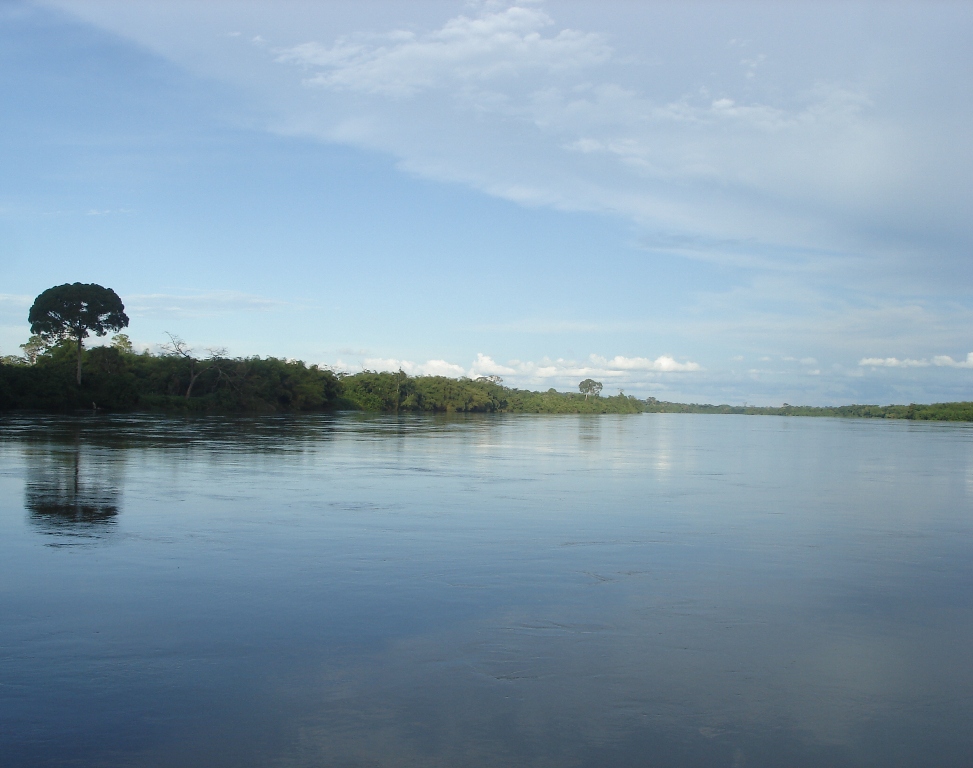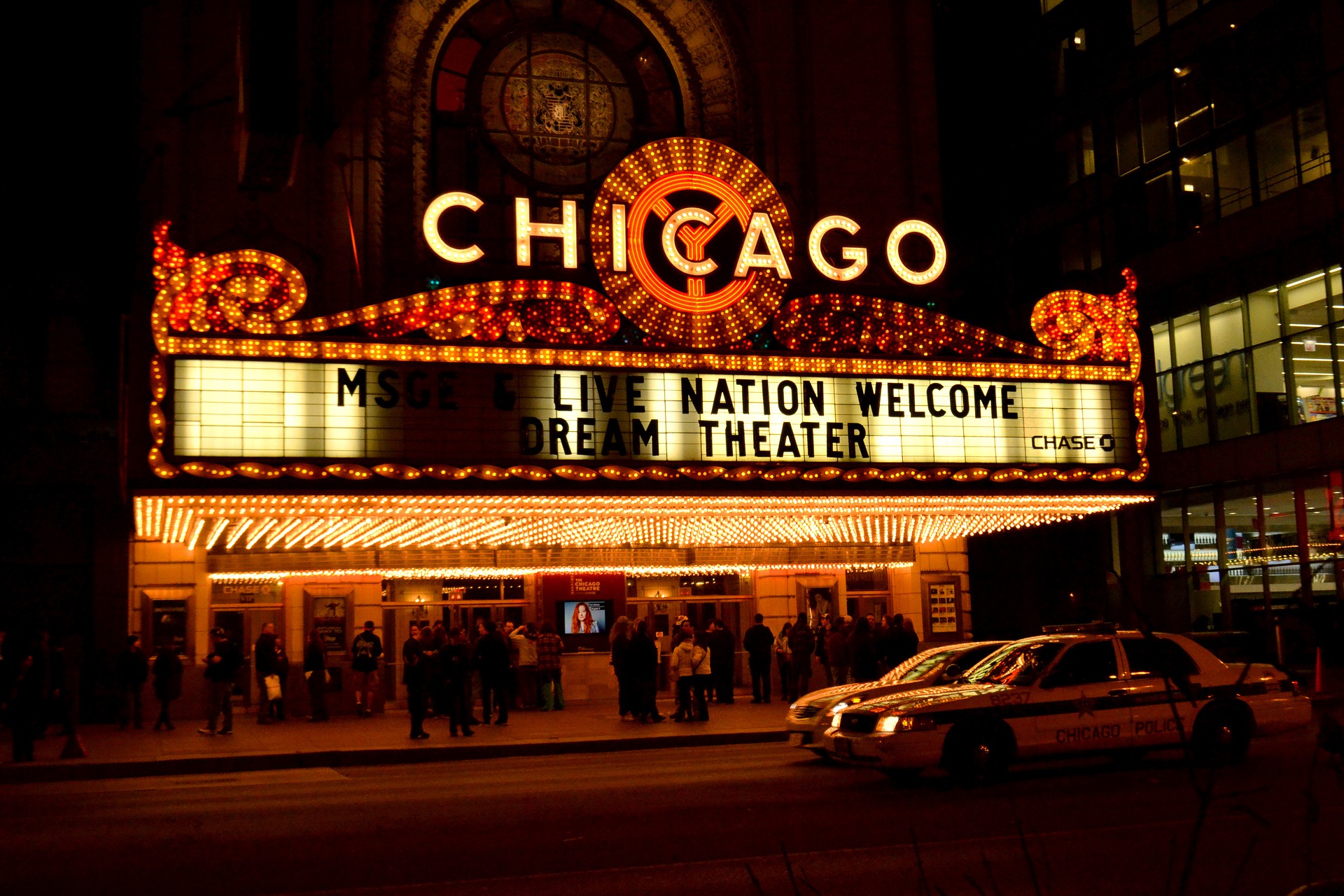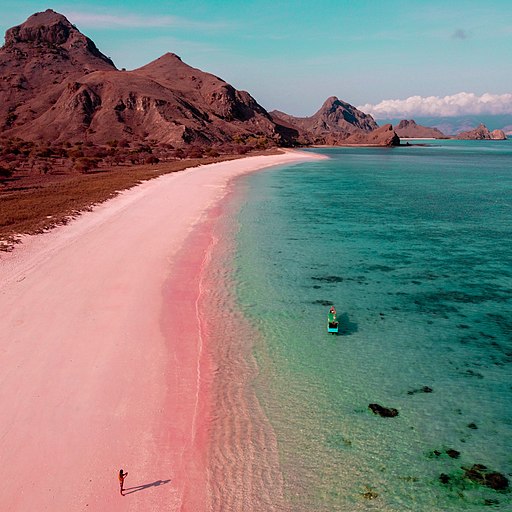You only have to mention the Congo and it conjures up an image of a part of the world that is intriguingly mysterious and exciting, which is a fair description, considering you can undertake a 1,000-mile journey along its path that will take you many months to complete.
The fact that the Democratic Republic of Congo (DRC) has a troubled and turbulent history provides a background to the history of the longest river in Africa, and it spells out that a journey along these waters can be fraught with danger as well as a life-affirming experience.
The artery that supplies the beating heart of Africa
One of the first points to appreciate about the Congo is the fact that it is a hugely significant river that provides a connection between no less than nine different African countries.
You can travel an incredible 3,000 miles along the Congo River before eventually arriving at the Atlantic Ocean, but it is readily apparent that the river is very much perceived as the very spine of the African country that is known around the globe as the Congo.
It is widely regarded as the spine of the country and despite its huge commercial potential in terms of commercial resources, from diamonds and minerals to agricultural and hydroelectric possibilities, the river does not currently fulfill this potential.
This is mainly because the DRC struggles under the weight of overpopulation combined with a lack of political and civil stability, meaning the country relies on the Congo River but does not harness its full potential.
A rich history
It is abundantly clear that visitors to this amazing part of the planet need to be aware of the inherent dangers to their safety that they may face when traveling along certain parts of the river, both natural and civil perils, but the dilemma is that the Congo offers a true insight into the world’s natural and cultural history, which is well worth exploring.
The river is a source of food, water, and transport to about 75 million people in the surrounding basin and it offers a variety of environments from lakes and swamps, to wetlands, rapids, and floodplains.
Not only that, the Congo River boasts the deepest river on the planet, reaching a depth of more than 220 meters in some parts, making it so deep that light is unable to penetrate that far.
The Congo is mainly split into three distinct regions, the upper, middle, and lower Congo, each with its own unique topography.
The primary feature of the upper river is an abundance of rapids and tributaries, whereas the middle section is mainly steady streams, whilst the lower part is considered to be the most dangerous to navigate with falls and gorges to negotiate.
The middle Congo stretches for about 1,000 miles and there is a point where the river slows to almost a standstill, which makes navigation for residents in that area much easier. However, that tranquility comes to an abrupt end with the Livingstone Falls, where the water drops over deep canyons and delivers over 200 miles of rapids, leading to the lower Congo.
As you can see from this brief overview, there are many intriguing aspects to the Congo River and it is a part of the world that explorers are always likely to be drawn to.






